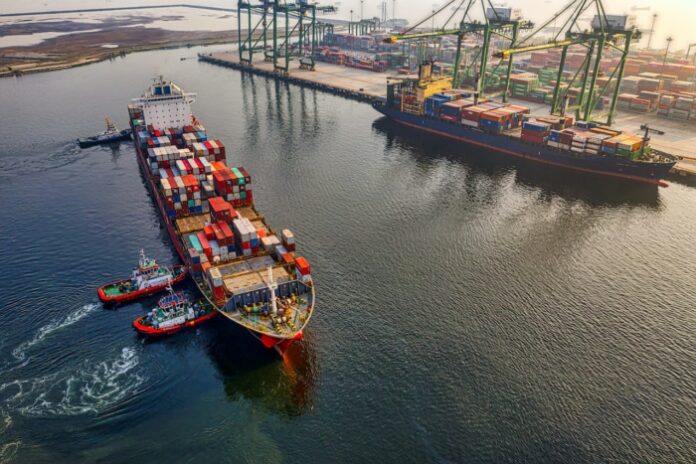The logistics industry is constantly changing and evolving. Experts like Dimitry Alper in Secaucus, NJ, know that as we move into the next few years, there are some exciting international logistics trends to look forward to. Here are a few trends we can expect more of in the next few years.
Cross-Border E-Commerce
Dimitry Alper says one of the biggest trends in international logistics is the continued growth of cross-border e-commerce. Cross-border e-commerce occurs when a consumer buys a product from a seller in another country. This trend has been growing steadily for a few years and shows no signs of slowing down.
There are a few reasons for this trend. First, the global market has become more accessible ― thanks to the internet. It is now easier for consumers to find products they want from sellers worldwide. Second, there are more options for international delivery now than there have ever been before. Consumers are more comfortable buying items from other countries and having items shipped to them directly. This is all thanks to services like Amazon Prime and Alibaba’s Cainiao Network.
We can expect cross-border e-commerce to grow in the next few years as more consumers learn about the benefits and as more logistics companies develop better ways to facilitate cross-border shipments.
Increased Use of Technology
Another trend we can expect to see in international logistics is the increased use of technology. This includes everything from using drones and robots for warehouse operations to using big data and analytics to improve shipping routes. The use of technology in logistics is nothing new. However, we can expect it to become even more commonplace in the next few years as companies seek ways to improve efficiency and cut costs.
Dimitry Alper says one area where we already see an increase in the use of technology is in last-mile delivery, which is the final step in getting a package from point A to point B. Companies are experimenting with drones and robots to make last-mile deliveries to save time and money. We expect companies to adopt these methods as they become more refined and less expensive in the next few years.
Sustainability Initiatives
Another trend that we are starting to see emerge in international logistics is the implementation of sustainability initiatives. More and more companies are beginning to realize that sustainability is not only good for the environment, but it is also good for business. Sustainability initiatives can help reduce costs, improve efficiency, and build goodwill with consumers. We expect to see more companies implementing sustainability initiatives in their operations in the next few years as these initiatives become more mainstream.
Some of the most common sustainability initiatives in logistics include using electric vehicles for deliveries, using green packaging materials, and working with carbon offset programs. We expect to see more companies adopting these initiatives and others in the next few years as they look for ways to reduce their environmental impacts.
Blockchain Technology
We expect to see more companies utilizing blockchain technology in their international logistics operations. Blockchain is a distributed database that allows for secure, transparent, and tamper-proof transactions. This makes it ideal for logistics, where tracking shipments and ensuring security are of the utmost importance.
We are already seeing blockchain being used in some areas of international logistics, such as in tracking food shipments. We expect this trend to continue and expand in the next few years, as more companies realize blockchain technology’s benefits.
The Rise of Electric Vehicles
Lastly, Dimitry Alper says the use of electric vehicles (EVs) is another big trend that we anticipate will significantly affect international logistics in the next few years — especially regarding last-mile delivery. EVs offer some advantages over traditional gasoline-powered vehicles, including lower operating costs, reduced emissions, and improved efficiency. As battery technology continues to evolve, EVs are becoming increasingly affordable and practical for businesses to use — even for long-distance deliveries. There are other less publicized disadvantages of EV’s such as the environmental impacts of battery production and eventual waste management of such discarded batteries, along with a power grid that is not fully capable of supporting a majority based EV infrastructure. However, these are challenges that we hope to overcome in the not too distant future.
Some experts predict EVs could make up as much as 30% of all commercial vehicles by 2030. That is why we believe that EV adoption will continue to increase in the coming years. As a result, it will significantly affect how goods are transported worldwide.
Conclusion
These are just a few trends we expect to see in international logistics in the next few years. As the world becomes increasingly connected, we can expect even more changes and innovations in how goods are transported around the globe.
Cross-border e-commerce, increased use of technology, sustainability initiatives, and the use of EVs are all trends here to stay. Moreover, these trends will only become more prevalent as time goes on. Therefore, if you are in the logistics industry, then keep these trends top of mind as you plan for the future!
Find a Home-Based Business to Start-Up >>> Hundreds of Business Listings.















































